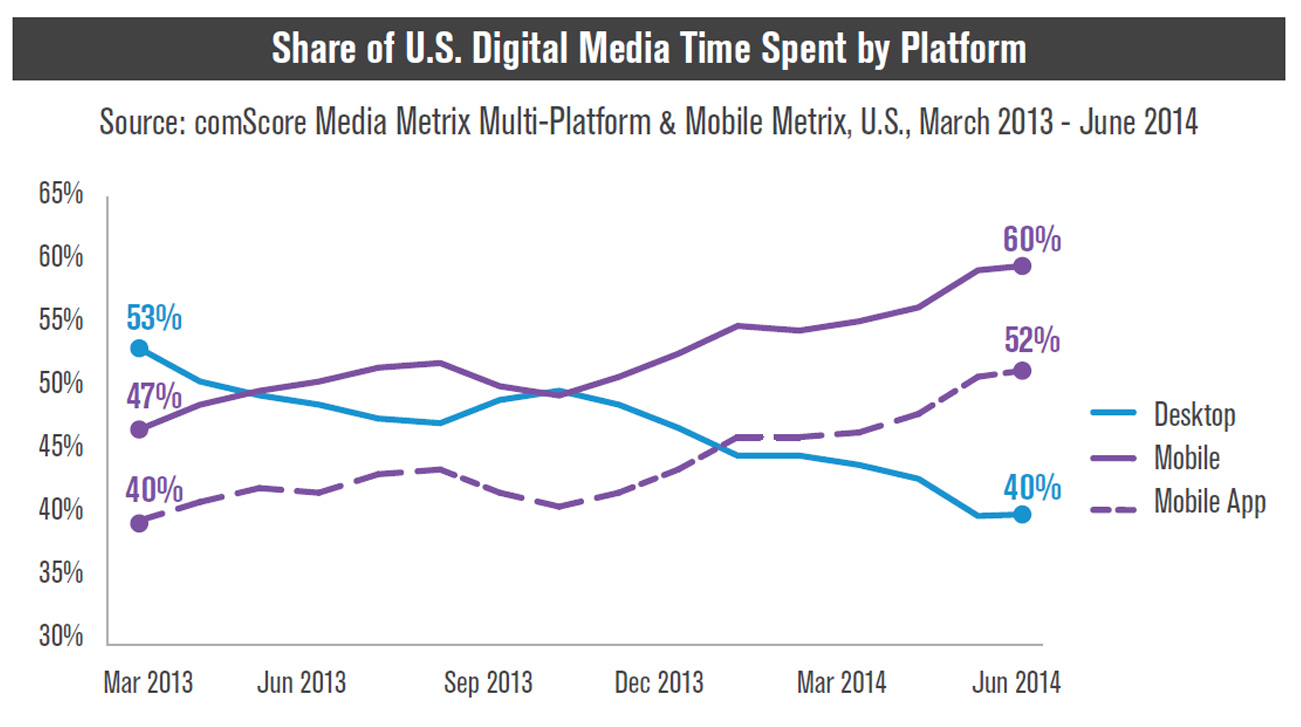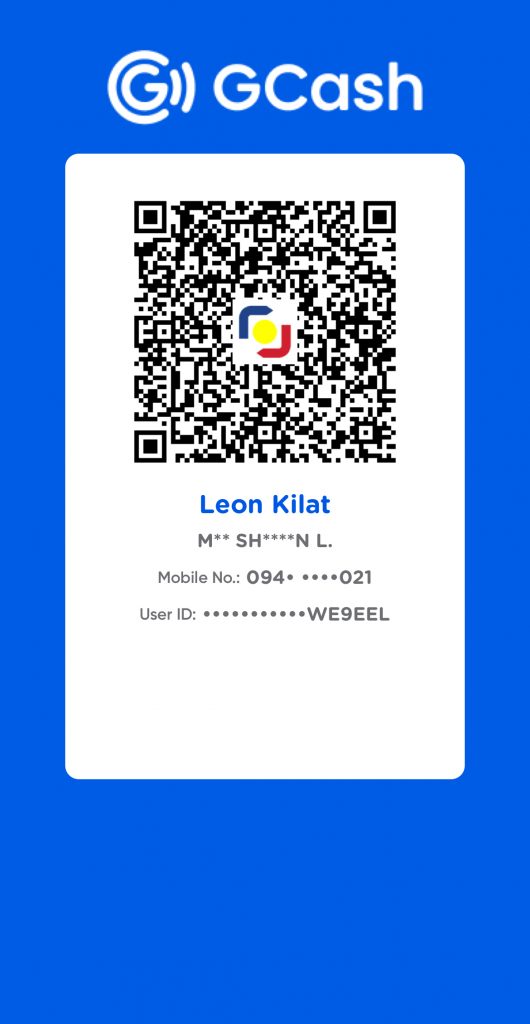THIS year in the United States, majority of all digital media time is spent on mobile apps, Internet analytics company comScore said in its latest release, “The US Mobile App Report.”
The app majority milestone comes a year after comScore reported a “multi-platform majority,” when most American consumers started using both desktop and mobile devices. It was also around that same time last year that “mobile first surpassed desktop in terms of total digital media engagement,” comScore said.
This year, it’s all about mobile apps.
Apps are fueling mobile growth, the company said, because these are “where most of the devices’ utility come from.” “Without apps, smartphones and tablets are merely shells – like a beautifully designed car equipped with every feature you could want, but without any gas in the engine,” comScore said in its report.

Time spent on digital media
Time spent on digital media went up 24 percent from June 2013 to June this year. ComScore said the growth is driven by apps, which increased by 52 percent in just one year. Mobile web went up 17 percent while desktop managed to squeak a one percent increase.
With the growth, mobile now accounted for 60 percent of digital media time spent in the US. Mobile apps came second at 52 percent. Desktop, on the other hand, dropped to just 40 percent in June from 53 percent in March 2013.
The company said apps accounted for seven of every eight minutes in media consumption on mobile devices.
Top apps
The top apps, however, come from just a few categories with “Social Networking, Games and Radio contributing nearly half of the total time spent on mobile apps.” This shows that compared to the desktop, “mobile devices are more heavily used for entertainment and communication,” comScore said.
As expected, Facebook is the top app, followed by YouTube and Google Play.
Despite the surge in usage, however, apps “have not attracted the advertising dollars its audience warrants.” ComScore said this was because the advertisement infrastructure for mobile will take time to develop, just like any emerging advertising medium.
‘Dollars follow eyeballs’
Apart from the infrastructure, ad formats should be keenly studied by the industry. Merely migrating current ad practices on desktop, like pop-ups and interstitial ads, to mobile won’t cut it. Pop-ups are particularly horrible and annoying on mobile. When an app that I install starts popping up ads, I immediately remove it from the phone. I’m okay with ads similar to those displayed as part of your Newsfeed stream by Facebook. They’re less obtrusive.
The good news for the industry, according to comScore, is that “dollars eventually follow eyeballs, which means that the future of the mobile app economy is very bright.”
While the study shows the picture of usage in the US, the image isn’t that different in the Philippines, which has long been known for its quick adoption of mobile technology.
In underscoring the opportunities for startups during his speech in last week’s Geeks On A Beach, Department of Science and Technology’s Information and Communications Technology Office deputy director Mon Ibrahim pointed out a 90 percent mobile phone usage in the Philippines, which is higher than the 80 percent global average.
The comScore report is just one of a series of studies that show that mobile is no longer the future but the present. Companies who still haven’t started thinking mobile should play catch up now or be left behind by more nimble startups.
Max is a journalist and blogger based in Cebu. He has written and edited for such publications as The Freeman, The Independent Post, Today, Sun.Star Cebu, Cebu Daily News, Philstar Life, and Rappler.
He is also a mobile app and web developer and co-founded InnoPub Media with his wife Marlen.

Leave a Reply